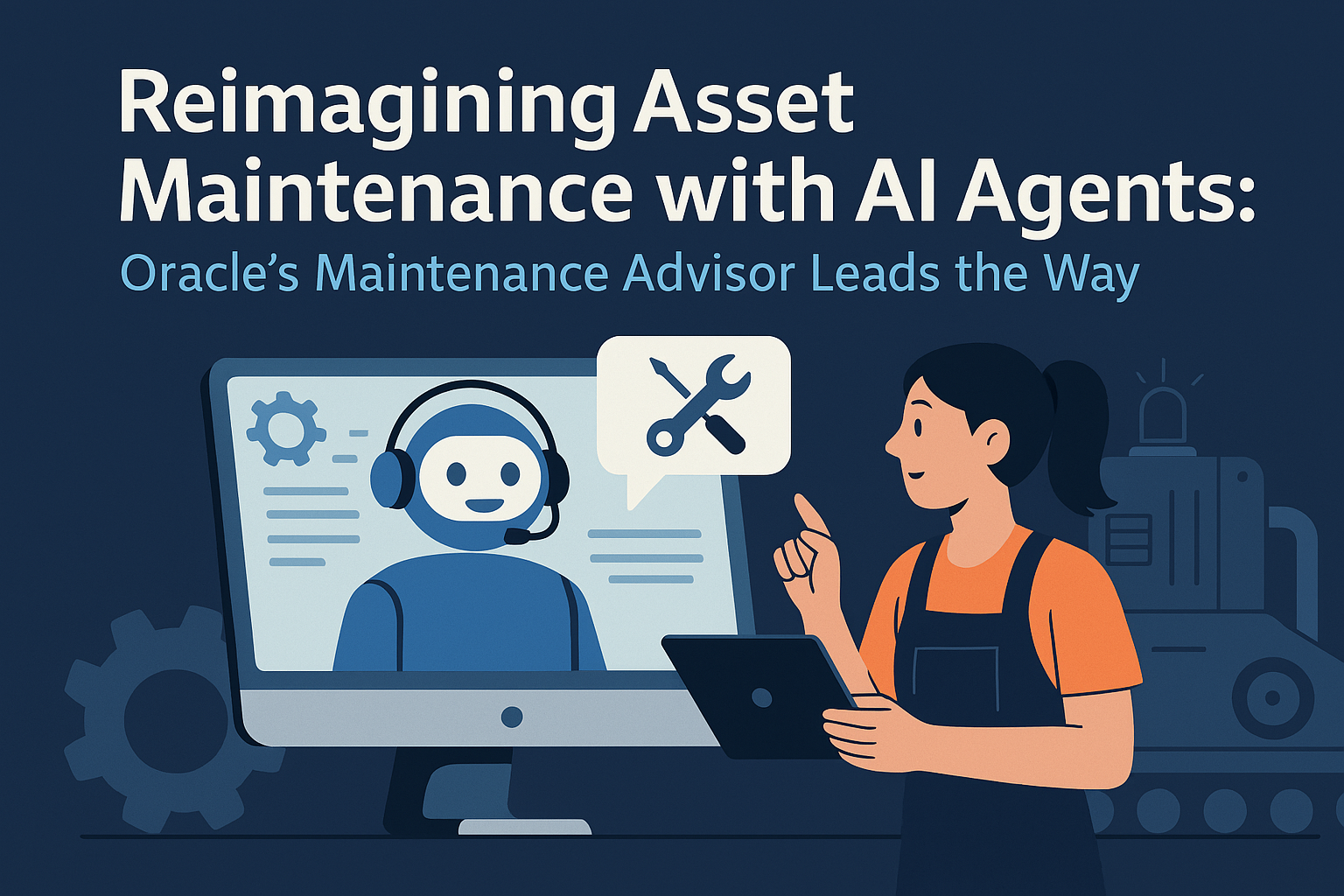The AI Experimentation Trap: Why CIOs Are Wasting Resources on Ill-Planned AI POCs

Artificial intelligence (AI) holds the promise of transformative change, yet many organizations find themselves stuck in a loop of launching proof-of-concept (POC) projects that fail to deliver. A startling 30% of CIOs admit they don’t know if their AI POCs have met success metrics, according to a recent IDC survey, and 90% of custom-built AI apps fail to move beyond the POC stage. This data reveals a fundamental flaw in how enterprises approach AI implementation: a lack of strategy, preparation, and clear objectives.
CIOs launch an average of 37 AI POCs per organization, according to IDC’s research, yet only five reach production, with a mere three deemed successful. Without defined KPIs or success metrics, the majority of these projects operate on hope rather than insight, leading to wasted resources.
“When they say they don’t know what their KPIs are, what they’re really saying is, ‘We didn’t have a measure of success when we started,’” explains Daniel Saroff, global vice president for consulting and research services at IDC. This lack of preparation can result in millions of dollars being funneled into unproductive experiments.
1. Poor Data Quality and Governance
AI is only as effective as the data it processes. Many organizations rush into POCs without addressing foundational issues like data cleanliness, ownership, and access control.
Bad Data: Organizations frequently attempt to train AI models on disorganized, incomplete, or irrelevant data. “In hindsight, it’s obvious that bad data leads to bad results,” Saroff says.
Access Issues: Data silos exacerbate the problem, limiting AI’s ability to deliver comprehensive insights. Finance teams accessing HR data, for example, or AI models misusing proprietary data, create both technical and ethical challenges.
2. Lack of Clear Objectives
IDC’s findings reveal that many AI POCs lack clear goals and metrics. Without a strategic framework, organizations struggle to determine whether a POC aligns with business objectives or delivers measurable outcomes.
“AI projects must start with the end in mind,” says Michael Stoyanovich, VP at Segal. “Jumping into experiments without planning wastes resources and misses opportunities to truly integrate AI thoughtfully.”
3. Mismatched Expectations
AI adoption often suffers from overhyped expectations. Many executives view AI as a “magic bullet” that will instantly solve problems or replace workers, says David Curtis, CTO of RobobAI. In reality, deploying AI requires significant investment in infrastructure, data preparation, and skilled personnel.
Generative AI compounds the problem, with organizations launching numerous POCs without fully understanding their strategic implications. While AI can deliver incremental efficiencies, these projects often fall short of being transformative.
“Generative AI is a shiny new tool that companies feel compelled to adopt, but rushing into projects without preparation is leading to widespread failure,” Curtis explains. In some cases, failed experiments are seen as educational, but for risk-averse companies, repeated failures can stifle further innovation.
1. Focus on Strategic Priorities
Rather than launching dozens of AI POCs, CIOs should concentrate on a handful of projects that align with their organization’s strategic goals. Start by asking:
What competitive advantage will this project deliver?
How will it impact revenue, efficiency, or customer satisfaction?
Is this initiative aligned with our long-term vision?
2. Define Success Metrics
Before initiating a POC, establish clear KPIs and benchmarks. For example, if the goal is to improve IT service efficiency with an AI chatbot, success metrics might include:
Reduction in average response time
Percentage of queries resolved without human intervention
Cost savings compared to manual processes
3. Invest in Data Management
Prioritize data quality, governance, and access controls. Ensure that:
Data is cleaned, structured, and relevant to the project.
Data ownership and usage policies are clearly defined.
Cross-departmental data sharing is streamlined while respecting privacy and security protocols.
4. Align with Business Needs
AI projects should focus on high-impact areas rather than marginal efficiency gains. For instance, implementing AI for predictive analytics in supply chain management could provide transformative insights, whereas automating minor internal workflows might not justify the investment.
5. Build Cross-Functional Teams
AI implementation requires collaboration between IT, data science, and business units. Encourage communication and shared accountability to ensure projects are both technically feasible and strategically valuable.
One example highlights the pitfalls of poor planning: A company launched an AI project to automate IT service queries using a large language model (LLM). While the POC showed promise in reducing operational costs, the estimated $1 million deployment cost prompted the business to reconsider.
“They came back and said, ‘Why spend $1 million when we could hire five people?’” recalls Daniel Clydesdale-Cotter, CIO at EchoStor.
This underscores the importance of aligning AI initiatives with financial realities and long-term goals.
For CIOs, the road to AI success lies in discipline and strategic alignment. EchoStor’s Clydesdale-Cotter advises prioritizing projects with transformative potential and carefully assessing costs and benefits before diving into POCs.
David Curtis adds, “Instead of launching 37 projects, focus on two or three meaningful ones. Remove risk up front and make calculated bets.”
By combining rigorous planning, data management, and a focus on strategic objectives, organizations can break free from the cycle of AI experimentation and unlock meaningful value.
The journey from Proof of Concept (POC) to a full-scale AI implementation can be fraught with challenges, often leading to wasted resources and unrealized potential. Virtual Delivery Centers (VDCs) offer a structured and cost-efficient approach to ensure AI POCs deliver meaningful outcomes.
How VDCs Enhance AI POC Execution:
Access to Specialized Talent: VDCs connect organizations with AI specialists and data scientists experienced in executing targeted POCs across industries.
Cost-Effective Experimentation: By leveraging an on-demand talent pool, CIOs can reduce overhead costs associated with maintaining in-house AI teams.
Scalable Resource Allocation: VDCs allow for dynamic scaling of resources based on the complexity and scope of the POC, ensuring optimal utilization.
Integrated Project Management: VDCs provide end-to-end oversight, from defining success metrics to delivering actionable insights, minimizing the risk of misaligned goals.
Accelerated Deployment: The VDC model ensures rapid prototyping and testing, enabling organizations to validate AI concepts and move to production swiftly.
By leveraging VDCs, CIOs can mitigate the risks of the AI experimentation trap, ensuring their AI POCs are strategically aligned, resource-efficient, and geared toward delivering tangible business value.

Discover how Oracle’s Maintenance Advisor AI agent is transforming equipment maintenance and repair workflows. Learn its enterprise impact, real-world applications, and the future of AI in industrial operations.